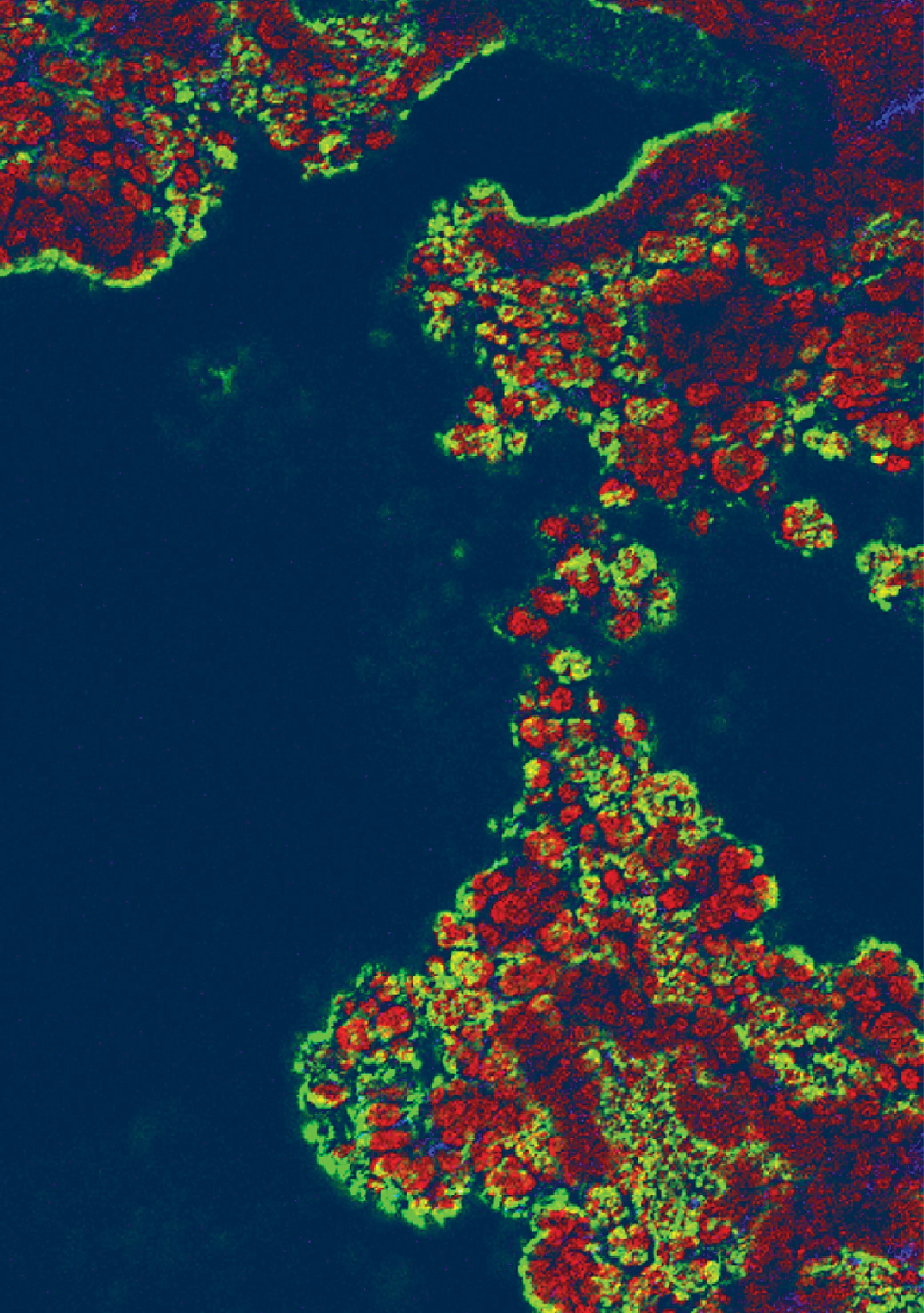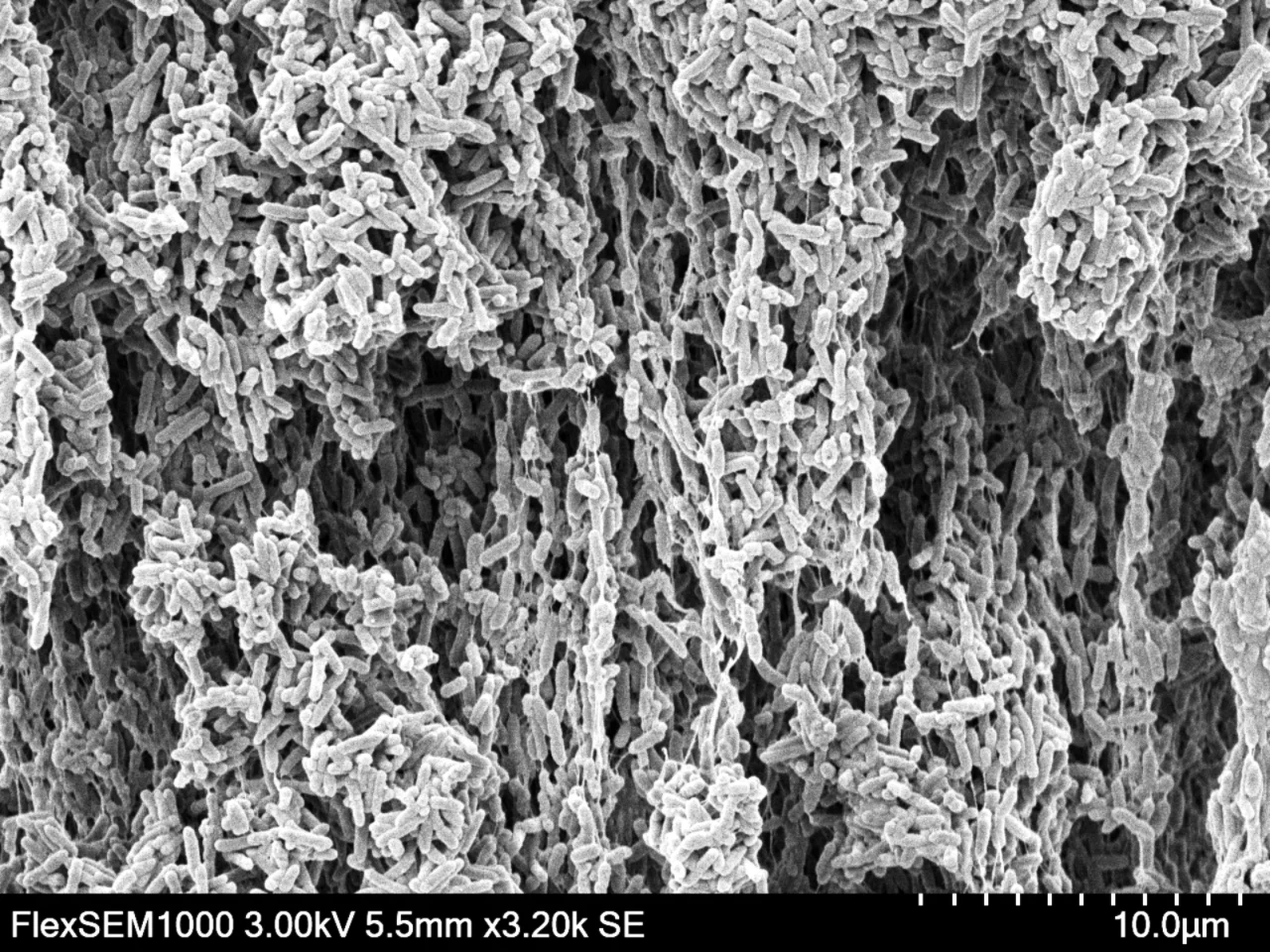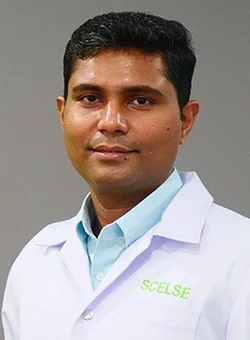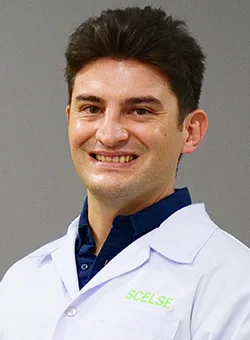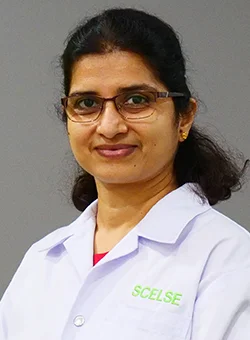Biofilm Biology, Mechanisms & Ecology

The Biofilm Biology, Mechanisms & Ecology research theme at SCELSE investigates the fundamental processes governing biofilm formation, development, and interactions within various ecosystems. This research is crucial for understanding how biofilms adapt and thrive in diverse environments, contributing to their resilience against antimicrobial treatments. By exploring these mechanisms, SCELSE aims to develop innovative strategies to manage biofilms in medical, industrial, and environmental contexts.
About the Research
SCELSE’s Biofilm Biology, Mechanisms & Ecology projects delve into the complex world of biofilms, which are structured microbial communities embedded in a self-produced extracellular polymeric matrix. The research focuses on understanding the genetic, chemical, and physical interactions involving microbial cells within biofilms as well as the structure and function of the matrix, all of which influence, biofilm’s formation, maintenance, and resistance. SCELSE employs cutting-edge technologies such as high-resolution imaging, omics-based analyses, and biophysical approaches to study biofilm structure and function. This interdisciplinary research is pivotal for identifying the factors that contribute to biofilm robustness. It offers means by which biofilms can be harnessed for desired outcomes, or potential targets are identified for controlling biofilm-related challenges, with applications in healthcare, industry, and environmental management.
- Mechanisms of biofilm formation and maintenance
- Role of extracellular polymeric substances (EPS) in biofilm structure
- Biofilm interactions in mixed-species communities
- Genetic and metabolic pathways in biofilms
- High-resolution imaging of biofilm architecture
Programmes and Projects
SCELSE decodes the biofilm matrix to reveal how DNA, proteins, and polysaccharides give biofilms their strength and resilience. Using cutting-edge imaging at micro and nano scales, researchers uncover the hidden architecture of biofilms – critical insights that drive powerful new strategies to disrupt and control biofilms in medicine, industry, and beyond.
People
Collaboration
-
L’Oréal-SCELSE joint research initiative
Read MoreL’Oréal Singapore comprises a Research & Innovation Centre for skin and hair science, foresight and open innovation. Singapore is also the site of the Asia Centre of Excellence for Microbiome knowledge studies. Leveraging on the rich scientific ecosystem within SCELSE, the joint lab with SCELSE (established in 2020) conducts upstream research within the scope of skin/scalp microbiome. Researchers in the joint lab will look into functional dissection of the microbiome and possible applications of microbes for cosmetics and dermatology. The partners have already jointly patented new technologies and this initiative will expand and strengthen their collaboration in the future.
Research Themes: Biofilm biology & Mechanisms, Host Microbiome (Holobiont) Interactions
